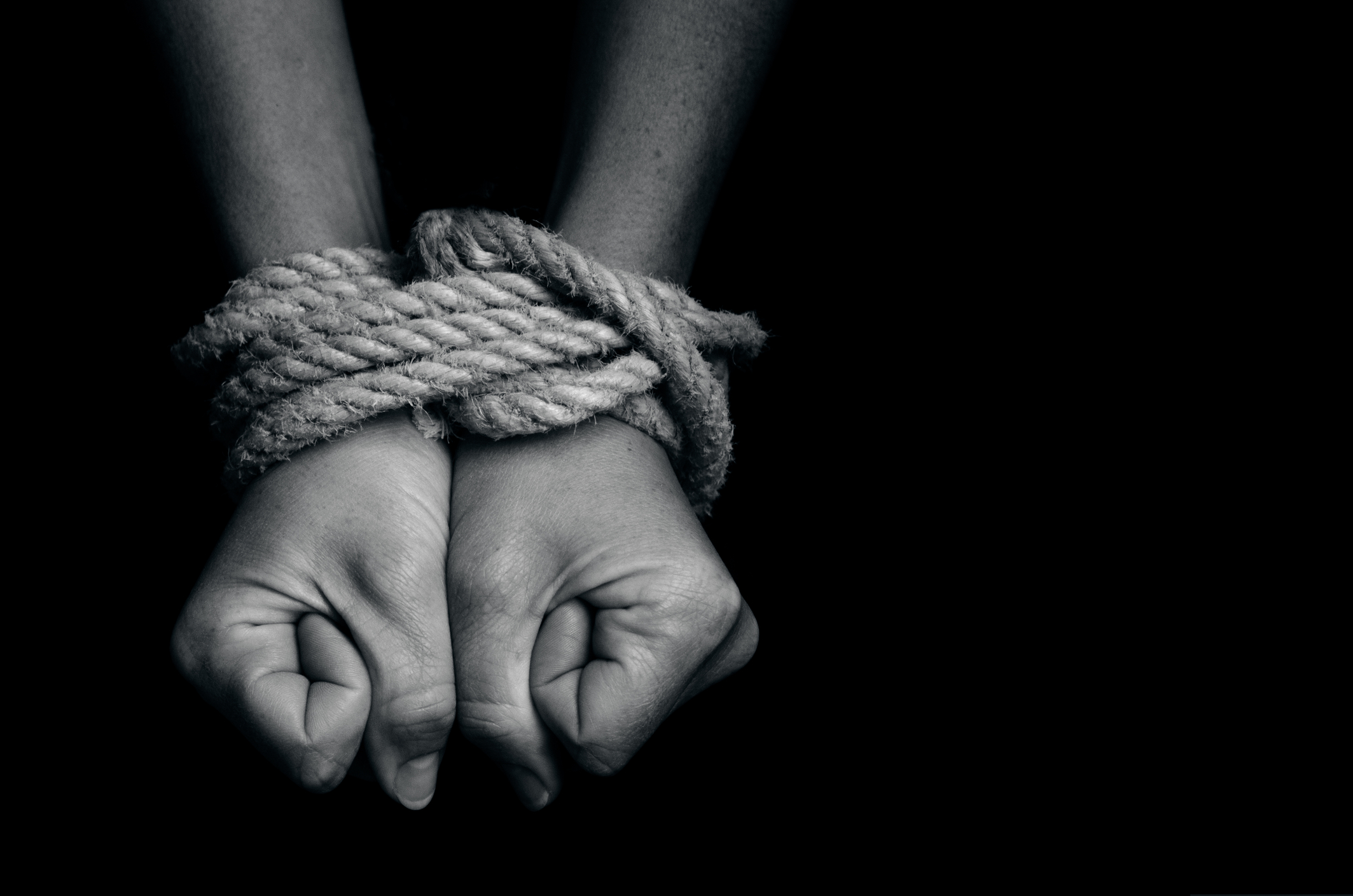How EU red tape forces refugee children into the arms of people traffickers
Unaccompanied children arriving in Greece are meant to be reunited with their families. But the process takes so long, many take their chances with smugglers, writes TheGuardians’ correspondent Daniel Howden.
Among the sodden mass of humanity that has landed on the shores of the Greek island of Lesbos are an unknown number of children who have made their journey alone. Their numbers are hidden both by the inadequacy of the official response on the island and the ingenuity of the children themselves, who have often been told by smugglers or relatives to avoid detection by the Greek police.
New arrivals must find their way from the rocky shoreline between Molyvos and Skala Sikamineas on the northern side of Lesbos over the mountains to Moria, the hilltop first reception centre nearly 50 miles away. A temporary facility built to process a trickle of asylum seekers, it is now an encampment of chain-link fences and razor wire thronged by thousands of men, women and children. The queue to register takes an average of four days.
By law, all children under 18 who are not travelling with a relative or legal guardian should be identified and registered as “unaccompanied minors”. According to their rights they should then be offered secure accommodation on Lesbos prior to a safe transfer to a state-run home elsewhere in Greece, and support to be reunited with their family in a third country. In reality only a tiny fraction of the vulnerable children who pass through Moria know anything of these rights.
The case of Amena, 16, and Haya, seven, helps to illustrate why. Two sisters from Syria, the younger tetraplegic and wheelchair-bound, they made themselves known to authorities. Their care and case was taken up Metadrasi, a Greek NGO that has pioneered a guardian programme to provide support for unaccompanied minors. With the help of Metadrasi the girls were able to contact relatives living in northern Europe and a legal process of reuniting them was begun.
Days passed, then weeks, then months. Finally in the fourth month the girls and their family lost faith and they ran away from the home in Athens to continue their journey illegally and at the mercy of smugglers.
The summer of 2015 has brought a historic shift in what some will always insist on seeing as a migration crisis, kinder hearts will call a refugee influx, and clearer minds will admit contains mingled currents of both. There are by now standard elements to the otherwise confused and contradictory pronouncements of Europe’s politicians on the subject.
Once concern has been voiced for the lost or drowned and domestic fears have been alternately calmed or inflamed, a single dreadful villain will be condemned — the human traffickers or people smugglers.
But for those, like Metadrasi, working on Europe’s southeastern frontiers these condemnations ring hollow.
“It is the hypocrisy of Europe,” complains Lora Pappas, the head of Metadrasi and formerly with the UN High Commissioner for Refugees. “These countries want to be seen to say the right things but they don’t act. Without a quick route the children are left to the smugglers.”
Much of her anger is directed at the maze of regulations that must be navigated for children to be reunited with family within the EU. It takes up to seven months for even the most deserving application to be processed. And there is no standard process among EU countries. At Metadrasi they have dealt with countless cases like the Syrian sisters, where children eventually lose faith in the legal path.
“For months we Skyped with their family telling them of the dangers of the smugglers’ route,” she said. “We told them they will come by plane. In the end they just stopped believing us.”
While almost every other aspect of the phenomenal human traffic into the European Union is complicated, dealing with isolated children is not. This is not a choice between wishing these unaccompanied minors back to their homelands or ushering them into the European Union. It is a choice between offering them a timely legal path to reunification with their family or condemning them to a smugglers’ march through the Balkans into central Europe and beyond. The fact that we cannot or will not know the fate of the children who take this route should provide no one with any comfort.
Pappas receives calls almost every day from refugee families, from Syria and elsewhere, whose children have disappeared trying to reach the EU: “I am certain that many of these children have died on the way.”
• Some of the names have been changed to protect the identities of the children

About the author